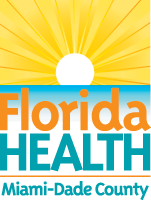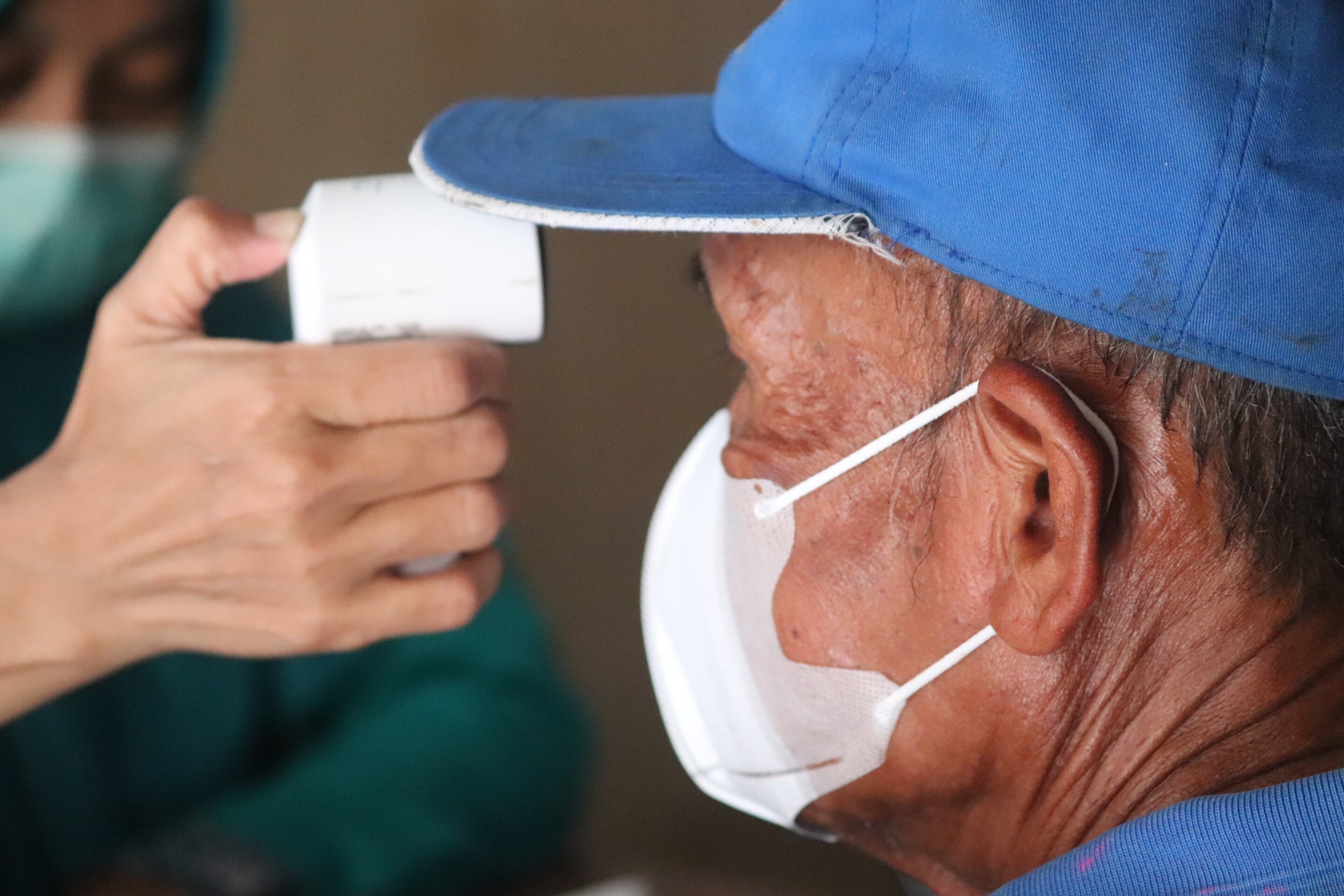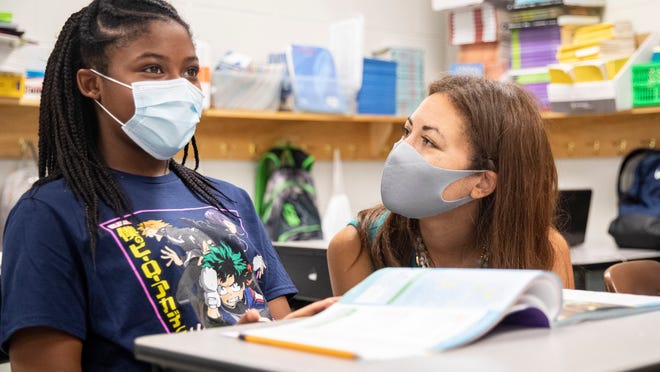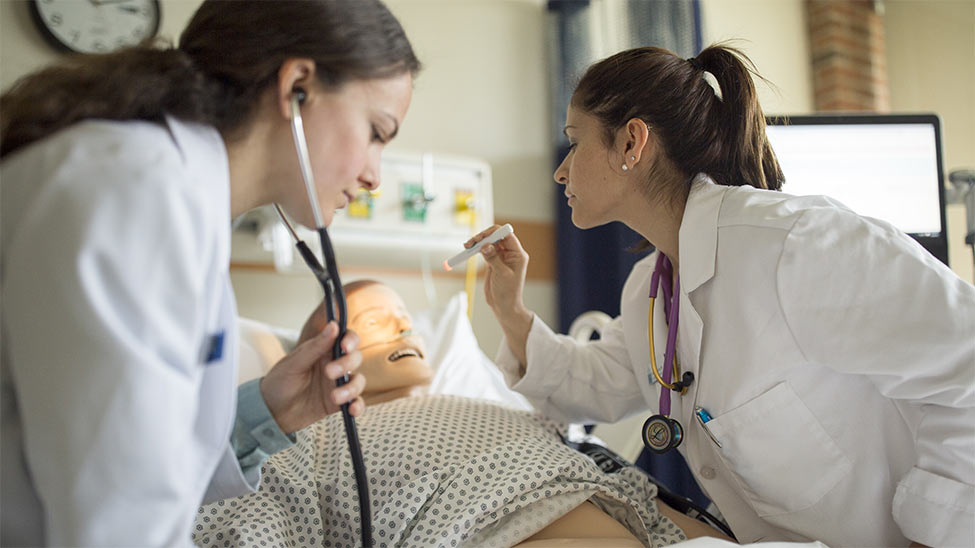THURSDAY, Feb. 24, 2022 (HealthDay News) — Anyone with more than one dog has seen it unfold: A beloved pet dies, and the remaining dog appears to be in as much pain as the rest of the family.
Now, new research from Italy is adding to the evidence that man’s best friend is indeed mourning such a loss.
Eighty-six percent of the 426 dog owners who lost a pet said their surviving dog continued to display negative behavioral changes for months. These changes included playing and eating less, sleeping more, becoming more fearful, and tending to whine and bark more often.
But does it all add up to canine grief?
“Overall, demonstrating grief in nonhuman animals is one of the greatest challenges facing science,” acknowledged study author Dr. Federica Pirrone. She is a lecturer in Veterinary Ethology and Animal Welfare at the Department of Veterinary Medicine and Animal Sciences of the University of Milan.
Pirrone noted that “other social species – such as great apes, whales, dolphins, elephants and birds – have been described as engaging in death rituals in which the expression of grief could be seen “.
But “emotions, especially complex emotions like grief, are always a shadowy, and therefore intriguing, side of domestic dog life,” she said. “At least for us humans.”
To better understand canine grief, the study team administered a questionnaire to 384 women and 42 men who had lost a dog relatively recently.
On average, deceased dogs had been in the owner’s home for nearly 10 years, and in just over half of cases their death occurred unexpectedly.
More than 9 in 10 said their surviving dog had lived with the deceased dog for at least a year, and many said activity sharing was common: two-thirds of dogs had slept together; more than a quarter had combed their hair; half had played with each other; and more than half (54%) had never fought. Just over a third also shared their food, almost 60% shared their toys and 86% shared rest areas.
After a dog died, behavioral changes were common in surviving dogs, the team found, with only about 13% of owners seeing no change in their habits.
For example, attention seeking increased in two-thirds of surviving dogs, while 57% began to play less often. Overall activity levels dropped in 46% of dogs, with around a third tending to sleep more, eat less and/or be more fearful. Three out of 10 dogs barked and whined more.
The team found that the risk of behavior change increased the longer an owner grieved.
In the study, “the level of fear in the surviving dog was positively correlated with [the] owners’ level of pain, anger and psychological trauma,” Pirrone said.
The results were published on February 24 in the journal Scientific reports.
Patricia McConnell, a certified applied animal behaviorist, reviewed the results and believes that all of the changes cited in the study actually add up to expressions of canine grief.
“I’m glad the study was done, because frankly it seems impossible for dogs not to cry,” McConnell said. “They’re very social, some of the most social mammals in the world. And as mammals, they share a lot of the same neurobiology and the physiology that fuels our own emotions.”
What if one of your dogs dies?
Pirrone advised maintaining routines and staying close to the surviving dog, to “make them feel protected”.
But McConnell warned that – as with human grief – there is no quick “fix”.
In the advice she shares online, McConnell encourages owners to also give themselves space to grieve, knowing that “dogs can be extremely sensitive to your pain and feel powerless to ‘fix’ it. themselves”.
McConnell also suggests spending time “talking” to your dog to maintain a connection, while striving to follow a mix of old daily routines and stimulating new activities.
But at the end of the day, she says, “dogs need something similar to what we need: gentleness, attention and time, time, time.”
More information
There’s more on human-animal relationships at US Department of Health and Human Services.
SOURCES: Federica Pirrone, DVM, PhD, Lecturer, Veterinary Ethology and Animal Welfare, Department of Veterinary Medicine and Animal Sciences, University of Milan; Patricia McConnell, PhD; Certified Applied Animal Behaviorist and Expert, Companion Animal Behavior and Human/Animal Relationship Biology and Philosophy, and Adjunct Professor, Zoology, University of Wisconsin-Madison; Scientific Reports, February 24, 2022
 WASHINGTON (AP) — As the nation yearns for a new normal after its long battle with the coronavirus, U.S. Health Secretary Xavier Becerra warned Thursday that vaccines, tests and treatments would be “grounded” unless that Congress provide the additional funds that the White House has demanded. “We have reached a turning point,” Becerra said in […]]]>
WASHINGTON (AP) — As the nation yearns for a new normal after its long battle with the coronavirus, U.S. Health Secretary Xavier Becerra warned Thursday that vaccines, tests and treatments would be “grounded” unless that Congress provide the additional funds that the White House has demanded. “We have reached a turning point,” Becerra said in […]]]> Miami, Florida. – Students Working Against Tobacco (SWAT), Florida’s statewide youth-led movement to combat the tobacco and nicotine industries, announced the names of its newest Youth Advocacy Board members . Saesha Wani of Jose Marti MAST 6-12 Academy and Kyle King of Palmetto High School in Miami have been named members of the Youth Defense […]]]>
Miami, Florida. – Students Working Against Tobacco (SWAT), Florida’s statewide youth-led movement to combat the tobacco and nicotine industries, announced the names of its newest Youth Advocacy Board members . Saesha Wani of Jose Marti MAST 6-12 Academy and Kyle King of Palmetto High School in Miami have been named members of the Youth Defense […]]]> Credit: Unsplash/CC0 public domain After a year and a half of lockdowns, border closures, mask-wearing and social distancing, and the rollout of the vaccine, Prime Minister Scott Morrison has moved on to what is essentially a “let it rip” pandemic approach. It’s a boost from the government to “open up” and “get back to normal”. […]]]>
Credit: Unsplash/CC0 public domain After a year and a half of lockdowns, border closures, mask-wearing and social distancing, and the rollout of the vaccine, Prime Minister Scott Morrison has moved on to what is essentially a “let it rip” pandemic approach. It’s a boost from the government to “open up” and “get back to normal”. […]]]> Karnataka Brain Health Initiative recently launched by Minister of Health Dr K Sudhakar and its pilot projects in Kolar, Chikkaballapur and South Bengaluru will soon provide diagnosis of common neurological disorders by physicians (doctors) based on investigations laboratory and brain imaging. Progressive chronic diseases, such as dementia, encephalitis, meningitis, and traumatic brain and spinal cord […]]]>
Karnataka Brain Health Initiative recently launched by Minister of Health Dr K Sudhakar and its pilot projects in Kolar, Chikkaballapur and South Bengaluru will soon provide diagnosis of common neurological disorders by physicians (doctors) based on investigations laboratory and brain imaging. Progressive chronic diseases, such as dementia, encephalitis, meningitis, and traumatic brain and spinal cord […]]]> The University of Memphis announced Wednesday that Ashish Joshi will begin August 1 as the new dean of the School of Public Health. Joshi, 46, is from New York City where he currently works as senior associate dean for academic and student affairs at the City University of New York Graduate School of Public Health […]]]>
The University of Memphis announced Wednesday that Ashish Joshi will begin August 1 as the new dean of the School of Public Health. Joshi, 46, is from New York City where he currently works as senior associate dean for academic and student affairs at the City University of New York Graduate School of Public Health […]]]>
 Health Professions College faculty and staff outline ways to increase pool of essential personnel Pace University today hosted New York State Senator Pete Harckham on a tour of its clinical simulation labs and hosted a panel discussion on meeting New York’s critical need for nurses and others. primary care professionals. Visiting Lienhard Hall, home to […]]]>
Health Professions College faculty and staff outline ways to increase pool of essential personnel Pace University today hosted New York State Senator Pete Harckham on a tour of its clinical simulation labs and hosted a panel discussion on meeting New York’s critical need for nurses and others. primary care professionals. Visiting Lienhard Hall, home to […]]]>
 THURSDAY, Feb. 24, 2022 (HealthDay News) — Anyone with more than one dog has seen it unfold: A beloved pet dies, and the remaining dog appears to be in as much pain as the rest of the family. Now, new research from Italy is adding to the evidence that man’s best friend is indeed mourning […]]]>
THURSDAY, Feb. 24, 2022 (HealthDay News) — Anyone with more than one dog has seen it unfold: A beloved pet dies, and the remaining dog appears to be in as much pain as the rest of the family. Now, new research from Italy is adding to the evidence that man’s best friend is indeed mourning […]]]> The Idaho Senate Health and Welfare Committee introduced legislation in the Senate on Tuesday that would encourage nurses to take jobs in rural Idaho. Health care facilities have long struggled to fill jobs in remote mountain towns and border areas of Idaho. In some of these communities, a nurse practitioner may be the only primary […]]]>
The Idaho Senate Health and Welfare Committee introduced legislation in the Senate on Tuesday that would encourage nurses to take jobs in rural Idaho. Health care facilities have long struggled to fill jobs in remote mountain towns and border areas of Idaho. In some of these communities, a nurse practitioner may be the only primary […]]]>
 By NICK PERRY and DAVID RISING – Associated Press WELLINGTON, New Zealand (AP) — Entrepreneur Elon Musk is helping to reconnect Tonga to the internet after a volcanic eruption and tsunami cut off the nation from the South Pacific more than three weeks ago, officials say, while repairs to an undersea cable are proving more […]]]>
By NICK PERRY and DAVID RISING – Associated Press WELLINGTON, New Zealand (AP) — Entrepreneur Elon Musk is helping to reconnect Tonga to the internet after a volcanic eruption and tsunami cut off the nation from the South Pacific more than three weeks ago, officials say, while repairs to an undersea cable are proving more […]]]>